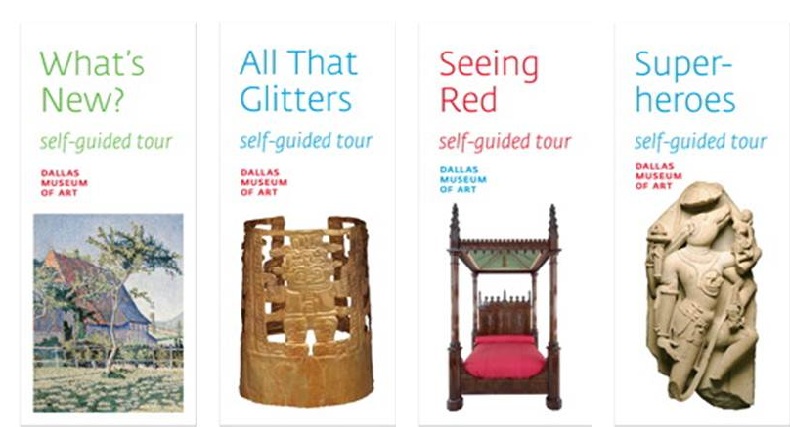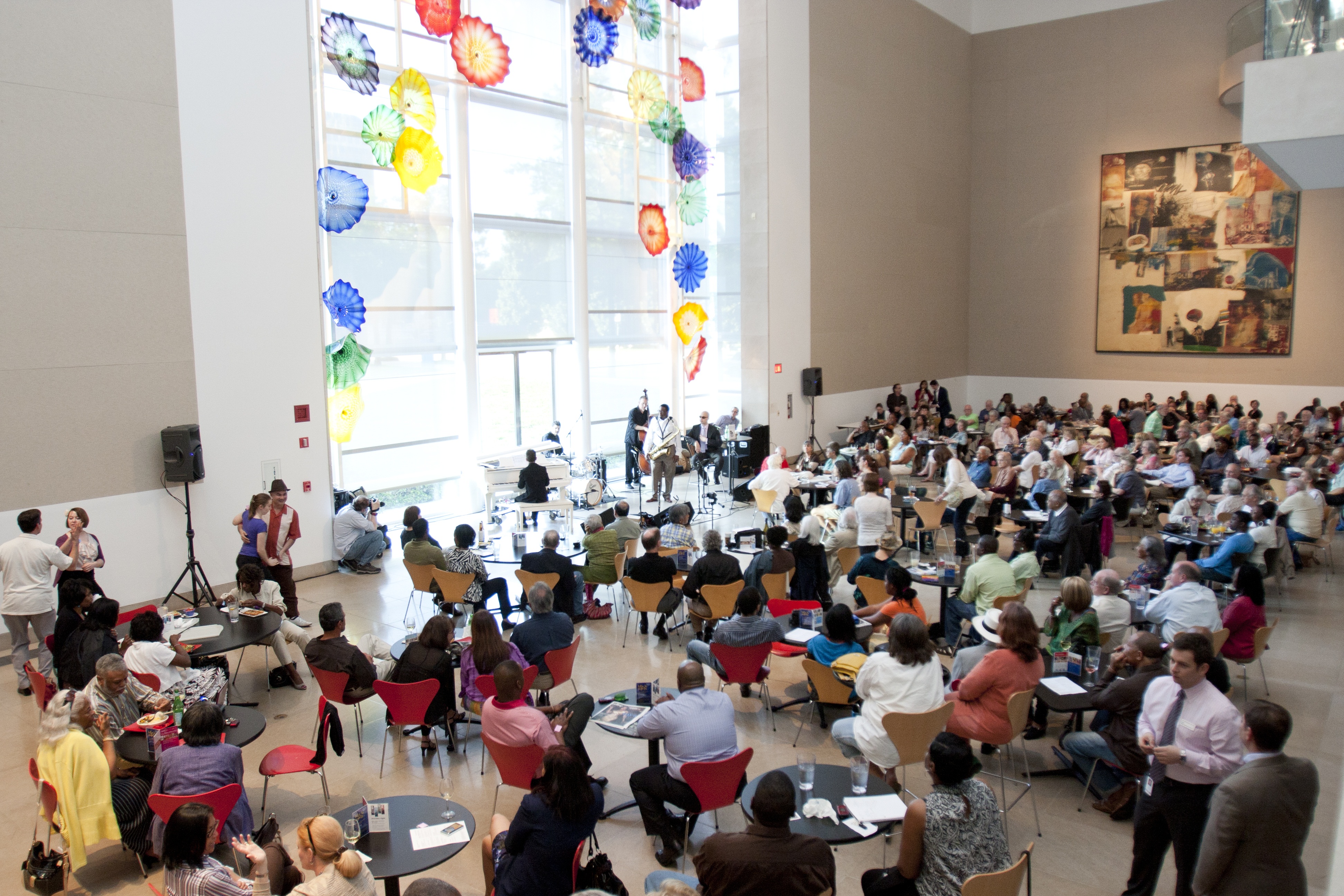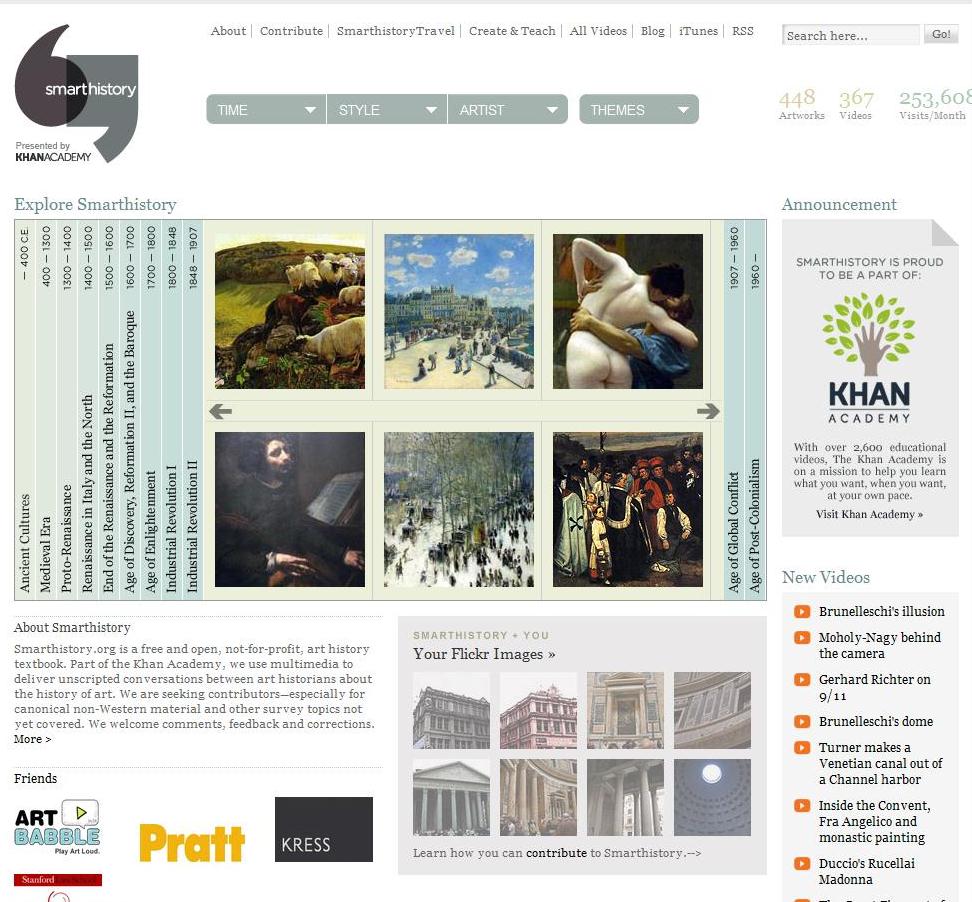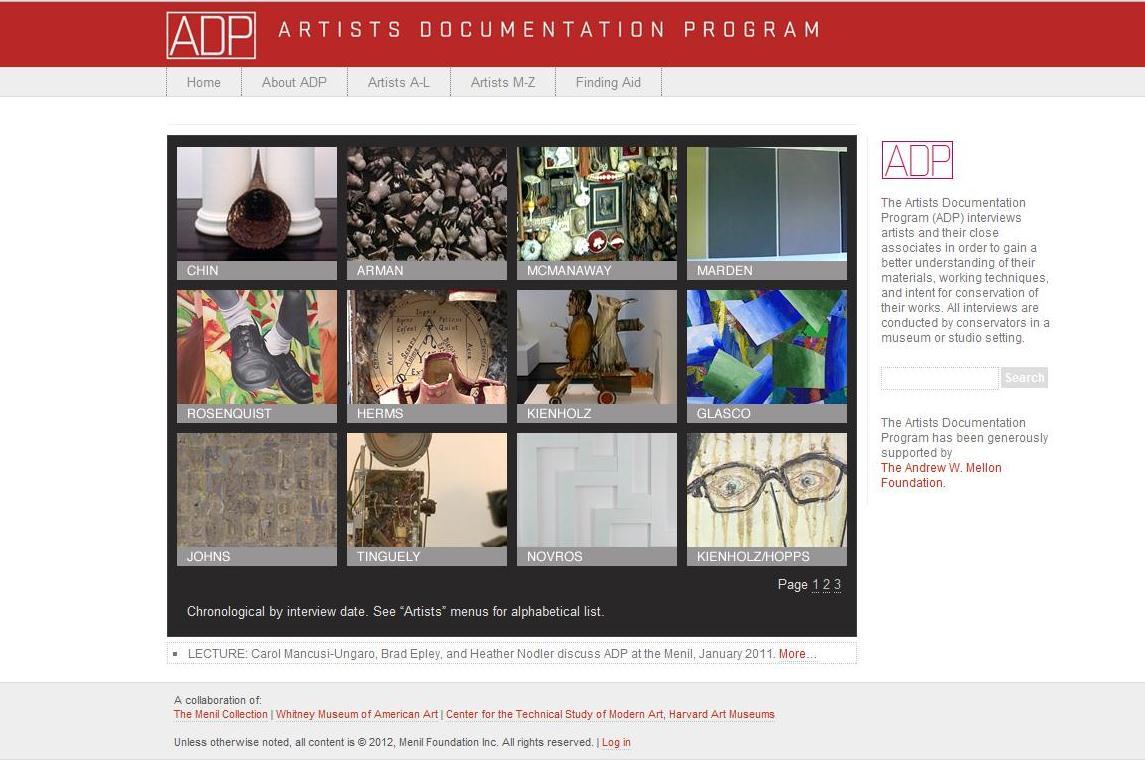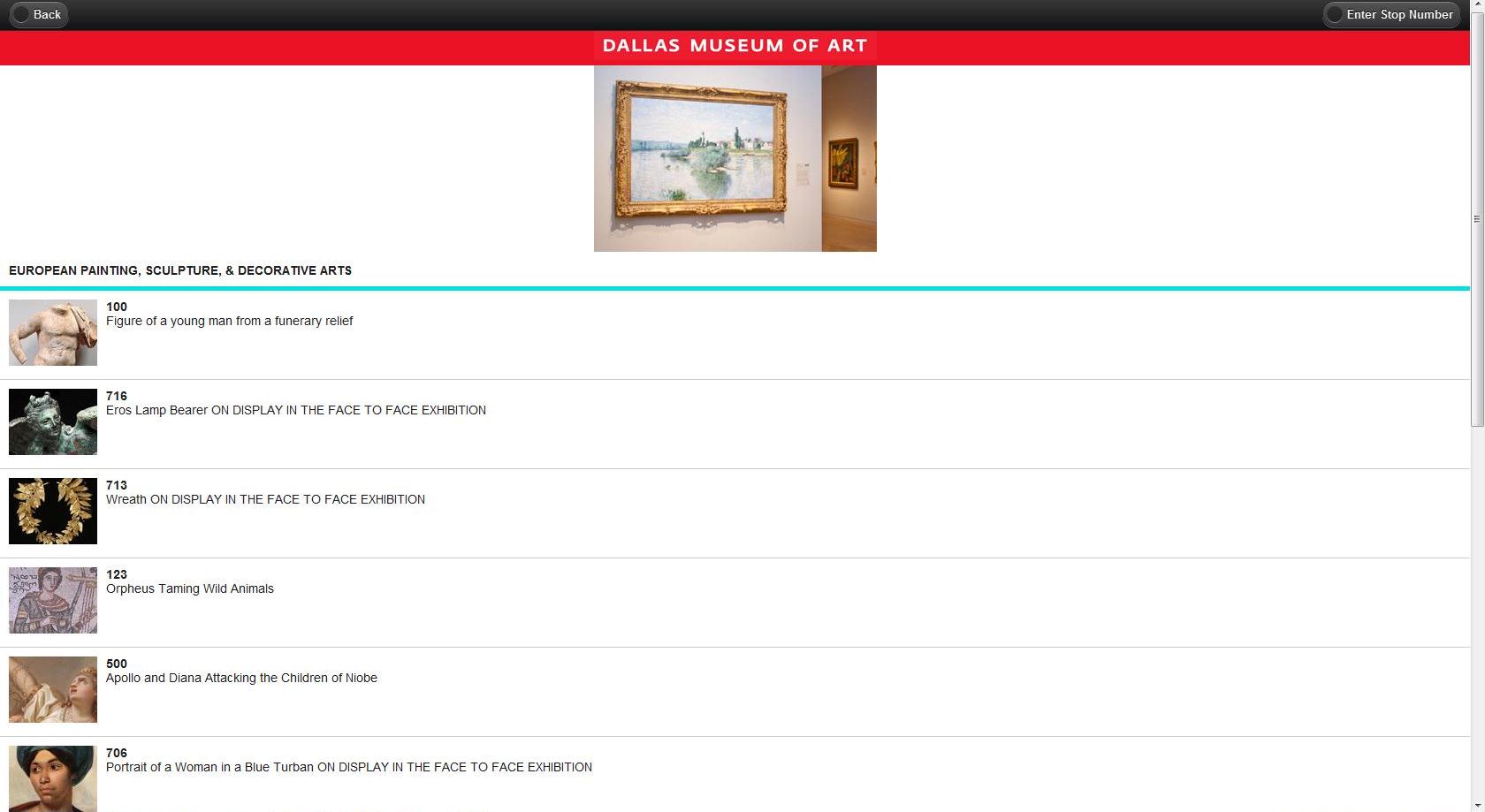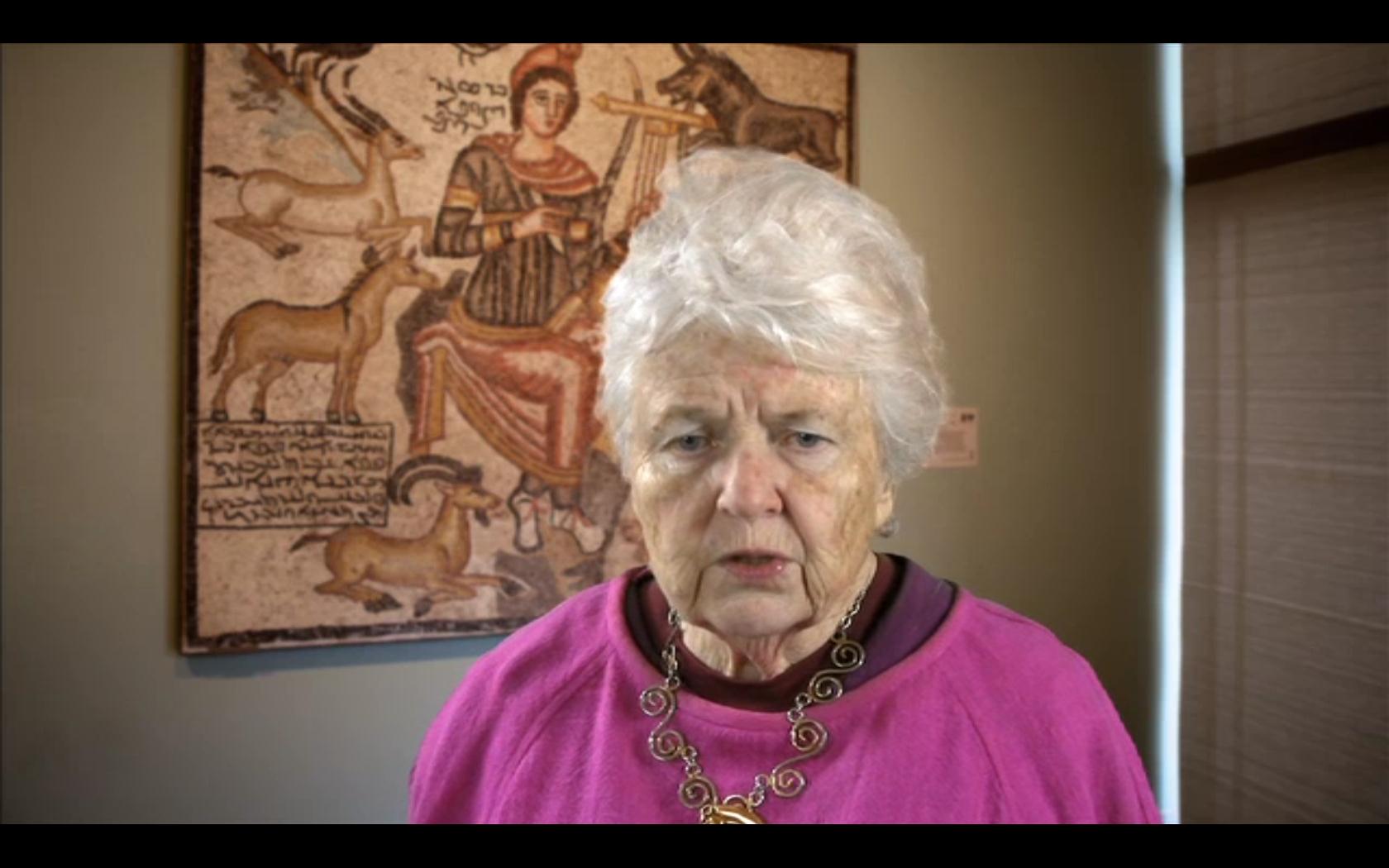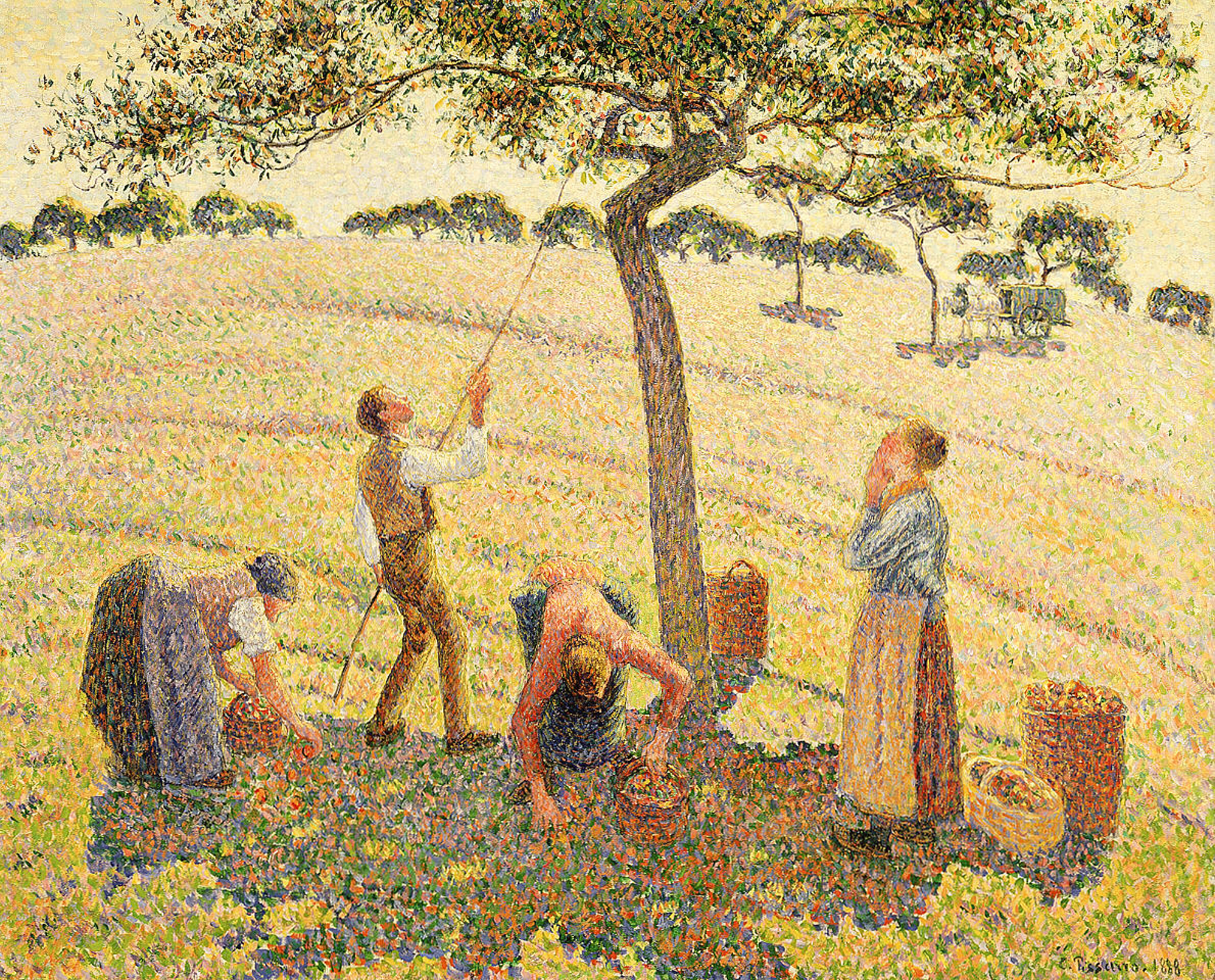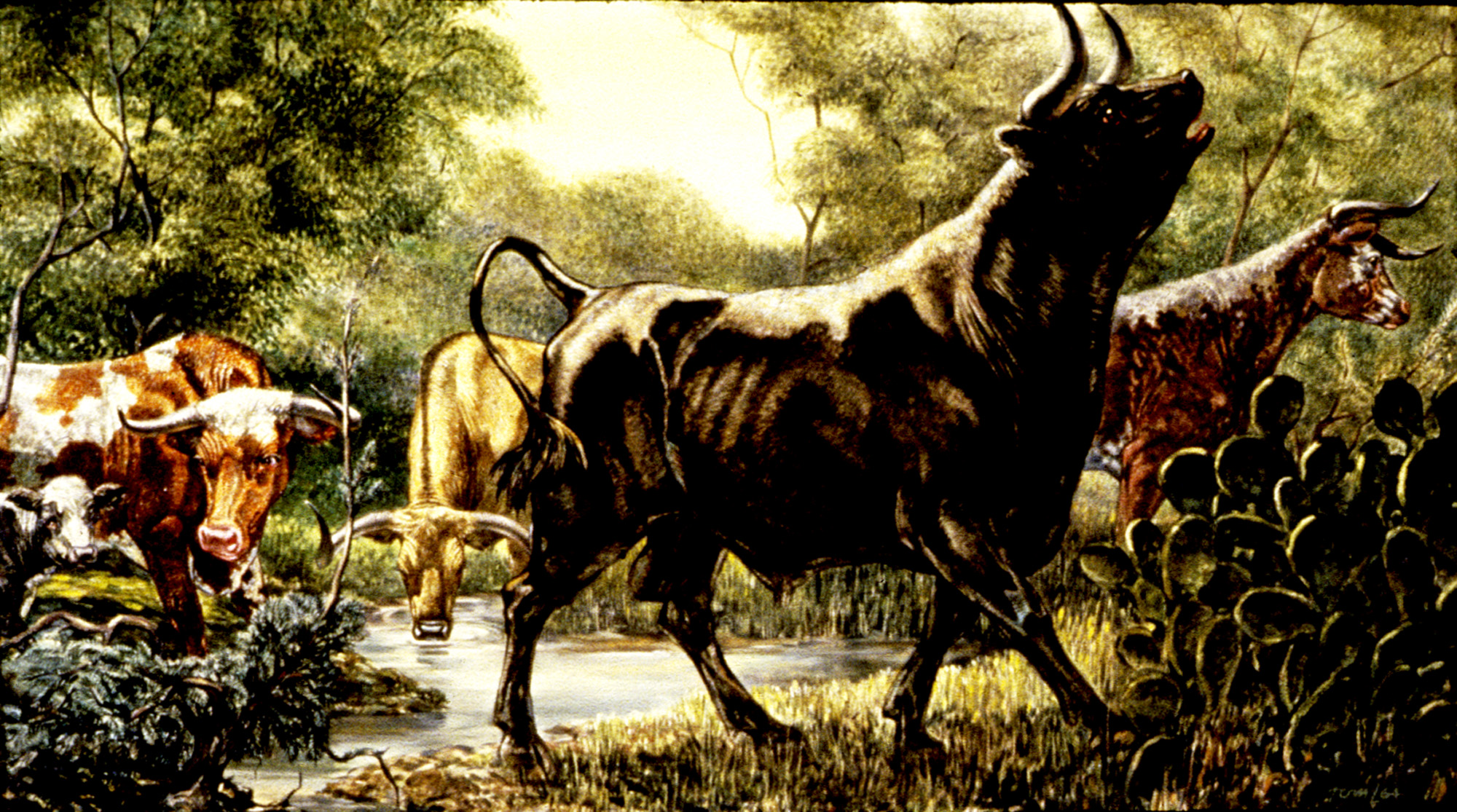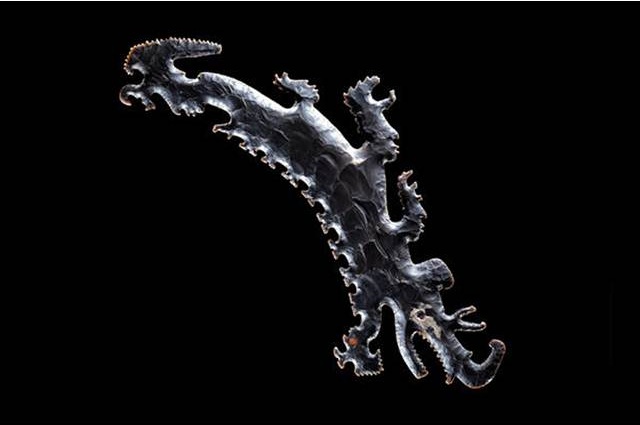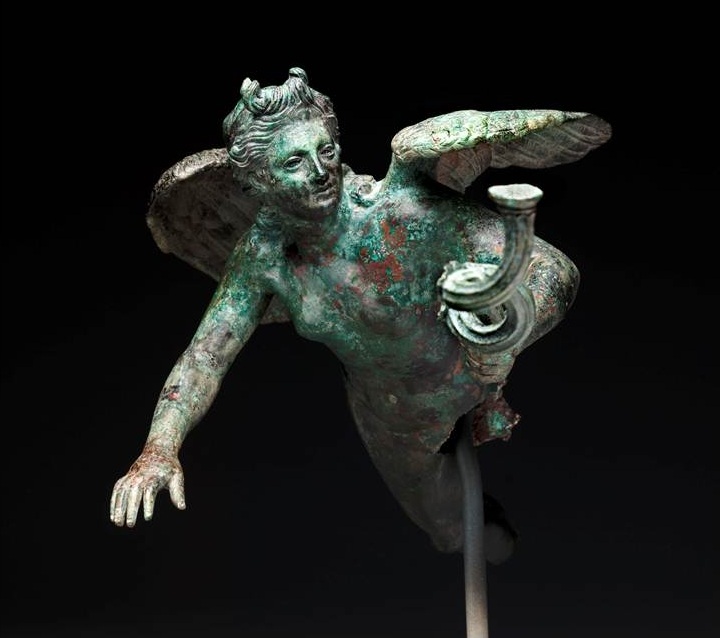Well folks, we have officially broken one hundred degrees, which means that the Dallas summer is really here. You may get a chance to escape the weather with a trip to cooler climates. But I am here to tell you that it is possible to beat the heat and enjoy a fun-filled day of play right here in Dallas! At the Dallas Museum of Art you can travel all over the world, eat any type of food your heart desires, and participate in creative activities without ever leaving downtown.
Here are some great ways to enjoy a DMA get-away:
With over 25,000 works of art at the DMA, chances are that you won’t be able to see everything in one day. But don’t worry, any of our bite-sized tours will show you how to have a quality experience at the DMA instead of a quantity one. You can choose from four different themes to match your interests, either by downloading and printing them at home or by asking the Visitors Service Desk for a copy.
For a more customized experience, use your smartphone to access interactive content specific to each gallery.
Lunch
- With a variety of lunchtime favorites, the bright and open Atrium Cafe is a great place to have a meal.
- The Sculpture Garden is a perfect spot to relax, soak up some sun, and enjoy your lunch while surrounded by art.
- Or try any one of the tasty and affordable food trucks just a couple of blocks away; they have something for everyone!
After Hours
- If you are a late-nighter, you are in luck, because every Thursday Night the Museum stays open until 9:00 pm. You can enjoy a cocktail while listening to jazz music in the Atrium Cafe, or create an original work of art in the Center for Creative Connections.
- Every third Friday of the month the Museum stays open until midnight, offering a variety of fun and free programs inspired by the Late Night theme of the month.
Need more ideas for engaging with the collection? Check out our list of 100 Experiences.
I’ll see you at the Museum,
Hannah Burney
Go van Gogh Programs Assistant
